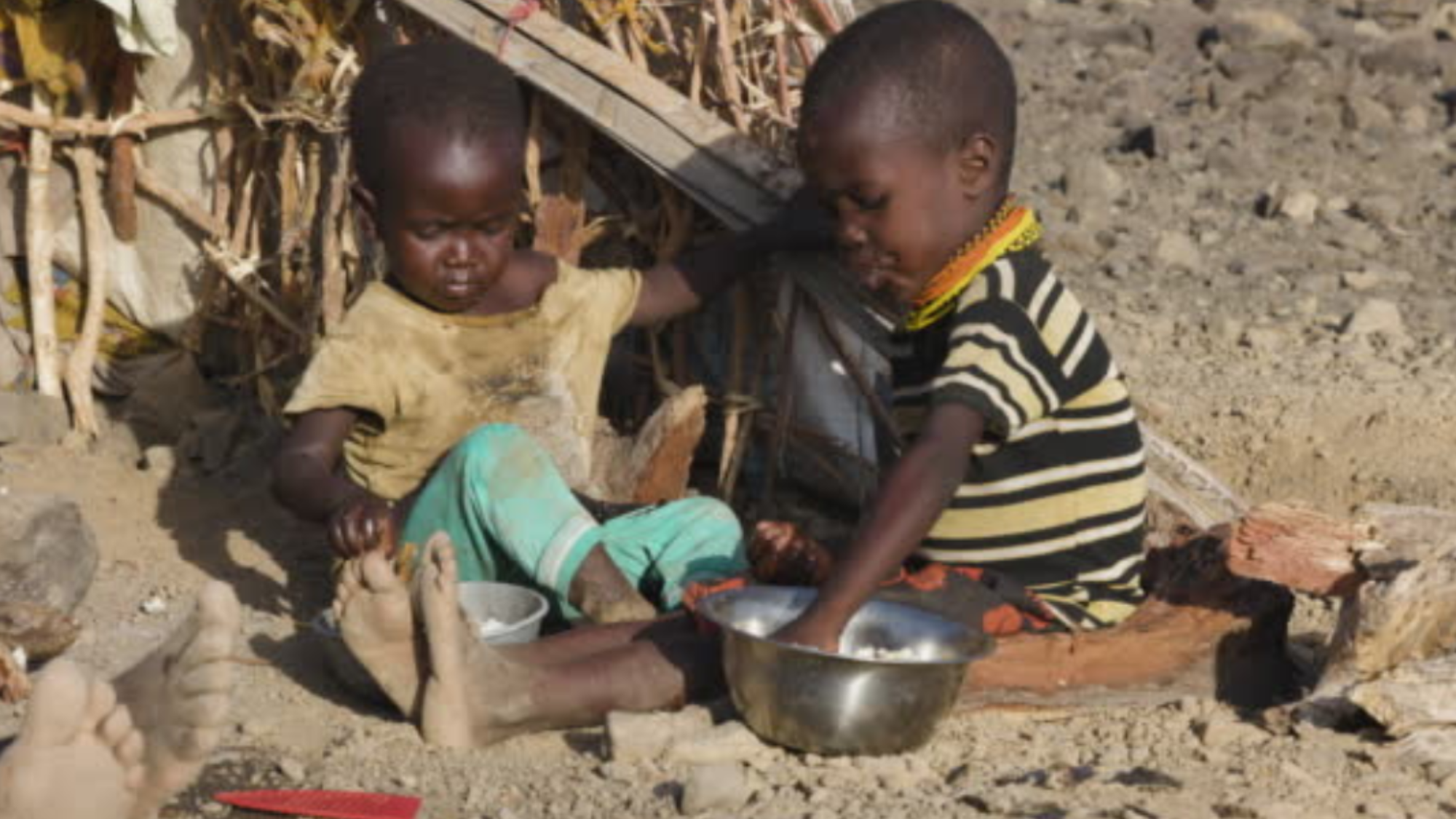Hunger remains a pressing issue in many parts of Sub-Saharan Africa, including Cameroon, where food insecurity disproportionately affects vulnerable populations. In this blog post, we delve into the strategic movement in hunger alleviation in Sub-Saharan Cameroon, exploring innovative approaches, key stakeholders, and sustainable solutions to address this critical challenge.
Understanding the Scope of Hunger Alleviation
Hunger alleviation encompasses a range of interventions aimed at addressing food insecurity, malnutrition, and poverty. In Sub-Saharan Cameroon, where a significant portion of the population relies on subsistence agriculture for their livelihoods, factors such as climate change, natural disasters, conflict, and economic instability exacerbate food insecurity and undermine efforts to eradicate hunger.
The Need for Strategic Movement
To effectively tackle hunger in Sub-Saharan Cameroon, a strategic movement is essential. This movement goes beyond short-term relief efforts to encompass long-term, systemic solutions that address the root causes of food insecurity and build resilience among vulnerable communities. By leveraging strategic partnerships, innovative approaches, and evidence-based interventions, stakeholders can create a coordinated movement for sustainable change.
Key Stakeholders in Hunger Alleviation
- Government Agencies: Government agencies play a pivotal role in setting policies, allocating resources, and implementing programs to address food insecurity. By prioritizing hunger alleviation in national development agendas and investing in agricultural development, social safety nets, and nutrition programs, governments can create an enabling environment for sustainable food security.
- Non-Governmental Organizations (NGOs): NGOs, such as the Battiston Lyonga Foundation (House of Hope), are at the forefront of hunger alleviation efforts in Sub-Saharan Cameroon. These organizations work directly with communities to provide emergency food assistance, support smallholder farmers, promote sustainable agricultural practices, and deliver nutrition education programs.
- International Organizations: International organizations, including the United Nations agencies, the World Bank, and regional development banks, play a crucial role in providing technical assistance, funding, and policy support for hunger alleviation initiatives. These organizations facilitate knowledge sharing, resource mobilization, and advocacy efforts to address food insecurity at the global, regional, and national levels.
- Private Sector: The private sector, including agricultural companies, food processors, retailers, and financial institutions, can contribute to hunger alleviation through investments in agricultural value chains, market development, and innovative business models. By creating opportunities for smallholder farmers, promoting local food production, and supporting agribusinesses, the private sector can help improve food access, availability, and affordability in Sub-Saharan Cameroon.
Strategic Approaches to Hunger Alleviation
- Promoting Sustainable Agriculture: Investing in sustainable agriculture practices, such as agroecology, conservation agriculture, and climate-smart farming, can enhance productivity, resilience, and food security for smallholder farmers in Sub-Saharan Cameroon. By promoting diversified cropping systems, soil conservation, and water management techniques, stakeholders can mitigate the impacts of climate change and improve livelihoods.
- Strengthening Food Systems: Building resilient food systems that are inclusive, equitable, and sustainable is essential for ensuring food security in Sub-Saharan Cameroon. This involves improving access to inputs, markets, and infrastructure for smallholder farmers, promoting value addition and agro-processing activities, and enhancing food distribution networks to reduce food loss and waste.
- Enhancing Nutrition Education: Nutrition education programs play a critical role in addressing malnutrition and promoting healthy eating habits in Sub-Saharan Cameroon. By raising awareness about the importance of balanced diets, breastfeeding, micronutrient supplementation, and hygiene practices, stakeholders can empower communities to make informed choices and improve their nutritional status.
- Fostering Social Protection: Social protection programs, such as cash transfers, food vouchers, and school feeding programs, provide a vital safety net for vulnerable populations in Sub-Saharan Cameroon. By targeting assistance to those most in need, these programs can help alleviate immediate food insecurity, reduce poverty, and improve access to essential services, such as healthcare and education.
Conclusion: A Call to Action
In conclusion, addressing hunger in Sub-Saharan Cameroon requires a strategic movement that mobilizes stakeholders, resources, and expertise to create sustainable solutions. By adopting a multi-sectoral approach that integrates agriculture, nutrition, social protection, and economic development, we can build resilient food systems, empower communities, and ensure that no one goes hungry. As we move forward, let us commit to working together to eradicate hunger and achieve food security for all in Sub-Saharan Africa.



Add a Comment